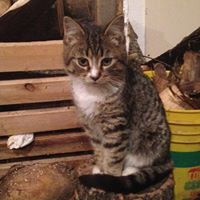What is a group of foxes called?
Male foxes are known as dogs, tods or reynards, females as vixens, and young as cubs, pups, or kits. A group of foxes is referred to as a skulk, leash, or earth.
Foxes are often considered pests or nuisance creatures for their opportunistic attacks on poultry and other small livestock. Fox attacks on humans are not common. Many foxes adapt well to human environments, with several species classified as "resident urban carnivores" for their ability to sustain populations entirely within urban boundaries. Foxes in urban areas can live longer and can have smaller litter sizes than foxes in non-urban areas. Urban foxes are ubiquitous in Europe, where they show altered behaviors compared to non-urban foxes, including increased population density, smaller territory, and pack foraging. Foxes have been introduced in numerous locations, with varying effects on indigenous flora and fauna.
The fox appears in many cultures, usually in folklore. However, there are slight variations in their depictions in folklore. In Western folklore and also in Persian folklore, foxes are depicted as a symbol of cunning and trickery – a reputation derived especially from their reputed ability to evade hunters. This is usually represented as a character possessing these traits. These traits are used on a wide variety of characters, either making them a nuisance to the story, a misunderstood hero, or a devious villain.
More Info:
en.wikipedia.org













